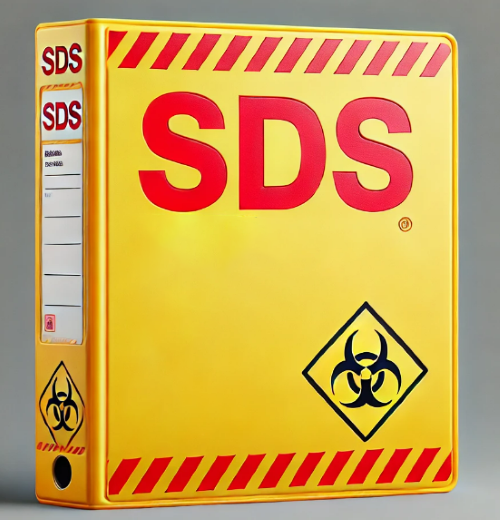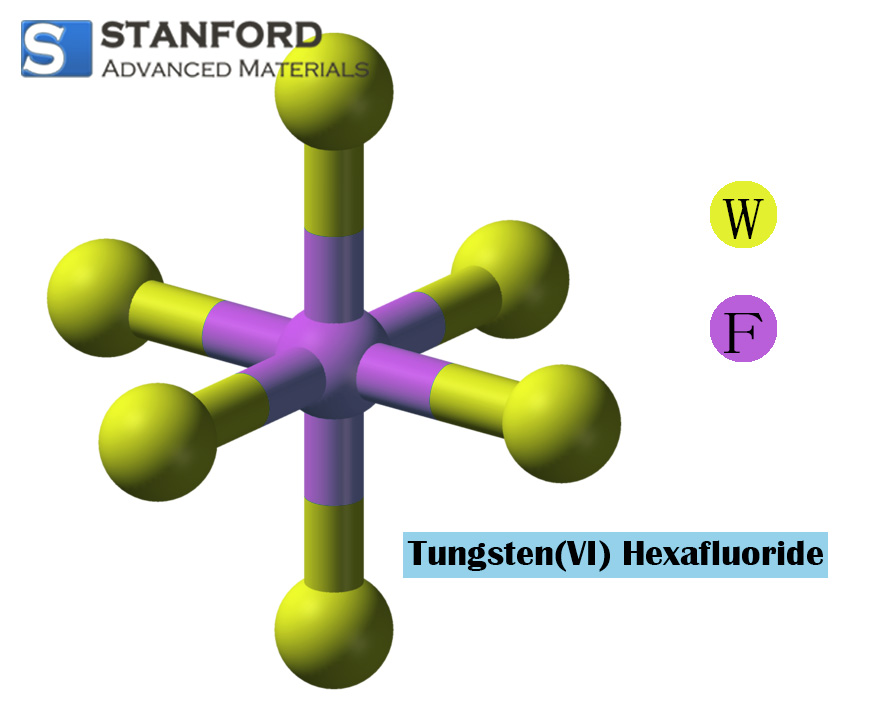MSDS of Tantalum Oxide
I. PRODUCT IDENTIFICATION
Supplier: Stanford Advanced Materials
23661 Birtcher Dr., Lake Forest, CA 92630 U.S.A.
Telephone: (949) 407-8904
Fax: (949) 812-6690
Email: sales@SAMaterials.com
Product Name: Tantalum Oxide
Formula: Ta2O5
CAS Number: 1314-61-0
II. HAZARDOUS INGREDIENTS
Hazardous Component: Tantalum Oxide
Percent (%) 0-100
OSHA/PEL: 5 mg(Ta)/m3
ACGIH/TLV: 5 mg(Ta)/m3
HMIS Ratings:
Health: 0
Flammability: 0
Reactivity: 0
III. PHYSICAL DATA
Boiling Point: N/E or N/A
Melting Point: 1872 oC
Specific Gravity: 8.2 g/cc
Vapor Pressure: N/E or N/A
Solubility in H2O: Insoluble
Appearance and Odor: White powder and pieces, no odor.
IV. FIRE AND EXPLOSION HAZARDS DATA
Flash Point: N/A
Autoignition Temperature: N/E or N/A
Flammable Limits: Upper: N/A Lower: N/A
Extinguishing Media: Use suitable extinguishing media for surrounding materials and type of fire.
Special Firefighting Procedures: Firefighters must wear full face, self-contained breathing apparatus with full protective clothing to prevent contact with skin and eyes. Fumes from fire are hazardous. Isolate runoff to prevent environmental pollution.
Unusual Fire & Explosion Hazard: When heated to decomposition, tantalum oxide may emit toxic fumes.
V. HEALTH HAZARD INFORMATION
Effects of Exposure: To the best of our knowledge the chemical, physical and toxicological properties of tantalum oxide have not been thoroughly investigated and recorded.
Some industrial skin injuries from tantalum have been reported. Systemic industrial poisoning however, is apparently unknown. Questionable carcinogen with experimental tumorigenic data. (Sax, Dangerous Properties of Industrial Materials)
Acute Effects:
Inhalation: May cause irritation to the nose and throat.
Ingestion: May be toxic by ingestion.
Skin: May cause abrasive irritation.
Eye: May cause abrasive irritation.
Chronic: No chronic health effects recorded.
Target Organs: No target organs affected.
Medical conditions generally aggravated by exposure: Pre-existing respiratory and skin disorders.
Carcinogenicity: NTP: No IARC: No OSHA: No
EMERGENCY FIRST AID PROCEDURES:
INHALATION: Remove to fresh air; keep warm and quiet; give oxygen if breathing is difficult and seek medical attention if symptoms persist.
INGESTION: Give 1-2 glasses of milk or water and induce vomiting; seek medical attention. Never induce vomiting or give anything by mouth to an unconscious person.
SKIN: Remove contaminated clothing; brush material off skin; wash affected area with mild soap and water; seek medical attention if symptoms persist.
EYES: Immediately flush eyes with lukewarm water, lifting upper and lower eyelids, for at least 15 minutes. Seek medical attention if symptoms persist.
VI. REACTIVITY DATA
Stability: Stable.
Conditions to Avoid: None
Incompatibility (Materials to Avoid): Strong oxidizing agents, ClF3, BrF, lithium and acids.
Hazardous Polymerization: Will not occur
Hazardous Decomposition Products: None
VII. SPILL OR LEAK PROCEDURES
Steps to Be Taken If Spilled or Released: Wear appropriate respiratory and protective equipment specified in section VIII. Isolate spill area and provide ventilation. Vacuum up spill using a high efficiency particulate absolute (HEPA) air filter and place in a closed container for proper disposal. Take care not to raise dust.
Waste Disposal Method: Dispose of in accordance with local, state and federal regulations.
VIII. SPECIAL PROTECTION INFORMATION
Respiratory Protection: NIOSH approved respirator.
Ventilation: Use local exhaust to maintain concentration at or below the PEL, TLV. General exhaust is recommended.
Eye Protection: Safety glasses.
Protective Gloves: Rubber gloves.
Other Protective Clothing or Equipment: Protective gear suitable to prevent contamination.
IX. SPECIAL PRECAUTIONS
Precautions to Be Taken in Handling and Storage Conditions: Store in cool, dry area. Wash thoroughly after handling. Store in tightly sealed container.
Work Practices: Implement engineering and work practice controls to reduce and maintain concentration of exposure at low levels. Use good housekeeping and sanitation practices. Do not use tobacco or food in work area. Wash thoroughly before eating and smoking. Do not blow dust off clothing or skin with compressed air. Maintain eyewash capable of sustained flushing, safety drench shower and facilities for washing.
TSCA Listed: Yes
DOT Regulations:
Hazard Class: None
The above information is believed to be correct, but does not purport to be all inclusive and shall be used only as a guide. Stanford Advanced Materials shall not be held liable for any damage resulting from handling or from contact with the above product.


